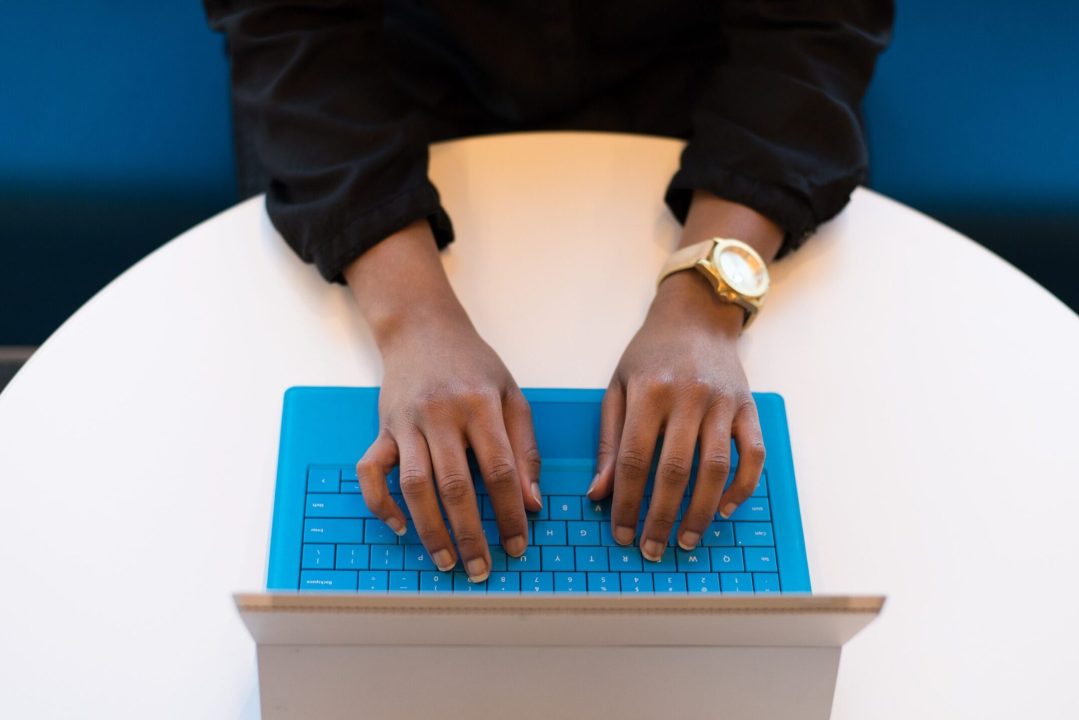
In this series of posts, EdCom’s Trends Committee is taking a deeper look at emerging phenomena identified in the 2020 edition of TrendsWatch from the Center for the Future of Museums. In this post, they dive into government funding, with advice from an IMLS grant specialist and case studies from museums that have successfully applied for education grants.
Government funding for museums and the arts has been declining in recent decades, as TrendsWatch 2020 discusses, but it remains a viable way to fund educational programming. As TrendsWatch notes, “there are 26 federal grant-making agencies, with more than 900 programs that can fund museum work.” During the pandemic, PPP loans have joined these longstanding grant programs as sources of federal funding that can support museum education. The American Civil War Museum in Richmond, Virginia, for example, received PPP funding in 2020 to keep on education staff and sustain public programming.
But though this funding exists, the process of applying for it can be overwhelming and intimidating, especially for small museums. To help demystify that process, this post features insight from a federal grant specialist into the application development and review process for one particular grant program—IMLS Inspire! Grants for Small Museums—and case studies of a few organizations that have successfully navigated it to expand educational programming.
Keys to Success
Of the six museum grant programs from the Office of Museum Services, nearly half are for educational programs, and many of those are intended for museums’ work with schools, Helen Wechsler, Supervisory Grants Management Specialist at the Institute of Museum and Library Services (IMLS), says. The Inspire! Grants for Small Museums program is a popular choice for museums that need a relatively modest funding boost (between five and fifty thousand dollars) and for whom a larger, more intensive grant application might be a struggle. Projects can fall into one of three categories: Lifelong Learning, Community Anchors, or Collections Stewardship and Access. Wechsler notes that the Lifelong Learning and Community Anchor categories, where most education programs fall, often overlap. Below are her “keys to success” in applying for a grant like this one.
- Make sure it’s a good fit. While the grant programs welcome nearly any kind of educational program, they each outline clear goals and review criteria. Make sure your program really meets those, and if not, look for a different grant that might be a better fit.
- Understand your audience. Involve your audience in the planning of your project when possible, and be open to adjustments based on feedback from the audience. Programs designed “with them, not for them” tend to be more successful.
- Have a way to track results. What will success look like? Include a plan for tracking participation, achievement of learning goals, or other measures of success.
- Have the right resources. Do you have the people and time you’ll need to get it done? In general, the program should be well planned and articulated. Show that you’ve thought it through.
- Tie it all together. The project should meet a clearly and narrowly defined need. The activities you’ll do should directly address that need, and the results you’re looking for should relate back to the need and the activities. There should be a very clear path between the need, activities, and results.
- You don’t have to reinvent the wheel. New programs are exciting, of course, but don’t feel like you have to be hugely innovative. While your proposal should reflect a good understanding of best practices, you can model your project on something a colleague at another organization is already doing. If it’s worked somewhere else, that’s good evidence that it could work for you! Your project proposal might also be used to strengthen or expand an existing program at your own institution. Just be sure to articulate how the project will solve a specific need to reach a target audience, strengthen the program, etc.
- Be very clear. A common issue with proposals that are not successful is that they are too broad, and it’s hard for reviewers to understand the plan. To avoid this, focus on what really needs to be said and supported, and leave out anything extra. Ask a colleague not related to the project to read the proposal to make sure it makes sense.
Case Study: Katonah Museum of Art
The Katonah Museum of Art in Katonah, New York, received an Inspire! Grant in fiscal year 2019 to expand Arte Juntos/Art Together, a multi-session bilingual program where children and parents develop language and literacy skills through viewing, discussing, and creating art together. While the program was originally funded by another, larger IMLS grant, KMA staff Margaret Adasko, Curator of Education, and Helena Vidal, Consultant and Program Manager for Arte Juntos, were already thinking about how to expand the program when they learned of the new Inspire! Grants. Here’s what the process was like for them.
Adasko and Vidal worked on the proposal alongside a contracted grant writer, who helped to focus their narrative and organize the various pieces of their application. Because Arte Juntos is an inherently flexible program—designed to evolve with the needs of the community partners, families, and schools they work with—the proposal had to be written in a way that allowed for changes over time. In the proposal, they described using mid-program touch points to get feedback from partners, which could then be used to adjust the program accordingly. The grant reviewers seemed to value this flexibility and responsiveness, as they made note of it several times in their comments, so when it came time to actually adjust the program in late 2019, KMA felt supported in its endeavor to meet its constituents’ needs. This was especially helpful when additional changes needed to be made in 2020 due to the pandemic, such as reallocating funds for things like bus transportation to supplies for take-home art activities instead.
Vidal found the Inspire! grant application simpler and more user-friendly for small museums to complete compared to larger proposals she’s worked on, and felt the feedback from reviewers was “very real and helpful.” She appreciated how the application process complemented the team’s natural brainstorming process for the program—for example, a timeline required for the proposal was helpful for planning and thinking ahead. She also appreciated that the grant program is meant to fund projects of different maturity levels, including established programs like Arte Juntos that are ready to expand.
One challenge of a flexible program like this is that, when it comes time for the final report, it will be a big effort for the program staff to capture their initial intentions, what changed, and what they achieved. Adasko is thinking ahead to this part of the grant management process, while still pinning down what evaluations will look like this year for a more remote program model. Here are her and Vidal’s tips for managing the end of the grant-funded project, based on what they’ve learned so far:
- Periodically check back in with your initial proposal and see if you’re hitting your goals.
- Document significant points and milestones along the way. This is especially helpful to track any changes that might occur if your project is meant to adapt and respond to its audience.
- Sort your documentation as you go, and build it into your process—things like photos, anecdotes, evaluations, etc., will be helpful for reporting.
If at First You Don’t Succeed…
Although there are hundreds of success stories each year from IMLS grant applicants, there are as many, if not more, accounts of institutions that applied and did not receive funding. Helen Wechsler from IMLS reports that it is not uncommon for a grantee to apply multiple times before being awarded a grant. Although the grant programs are competitive, the application process includes several measures designed to help institutions succeed, if not on the first effort then in subsequent applications.
Many institutions report that one of the most useful of these measures is the ability to read reviewers’ feedback after a decision has been made. Each proposal is typically reviewed by between three and six reviewers, who each offer extensive written responses along with their scores. This multiplicity of voices allows for a thorough review of the proposed project, leaving space for reflection and iteration in subsequent applications or projects.
The Akron Art Museum, for example, used feedback from the 2020 grant cycle to reevaluate several points of its project and resubmit for 2021. For its proposal, which seeks to increase attendance and deepen audience engagement through new connections with the surrounding community, one reviewer recommended more explanation of how the connections would increase attendance, suggested a more defined process for community engagement, and advised that quantitative evaluative measures should either be replaced or paired with qualitative measures.
When reapplying to the grant in the more recent granting cycle, the museum’s advancement and community engagement staffs worked together to address these issues. The feedback allowed the teams to take a step back from the project and critically assess how these comments could be integrated into the ultimate project, should it receive funding in this next cycle. While some of the comments simply required more thorough explanation in the narrative of the grant, some also resulted in substantive reassessment of aspects of the program. For instance, at the suggestion of the reviewer to clarify the community engagement process, the staff endeavored to develop a more codified practice and set of definitions for seeking, inviting, and engaging community partners. The resulting partnership definitions not only served the IMLS project and application, but also made the team critically assess and think through present and future partnership practices.
Where to Start
Have a program that needs a funding boost? After you’ve done the planning work outlined above, visit grants.gov to search for a federal grant program that fits your needs. Don’t forget that state and local government grants can be excellent options as well. Wechsler’s advice can be applied generally to any kind of grant application, especially for educational programs and exhibits.
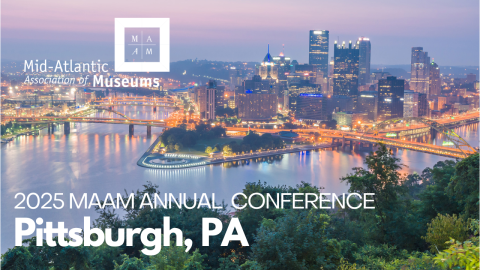

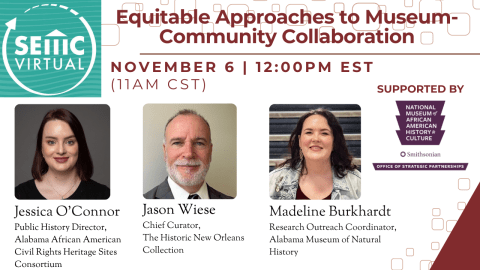

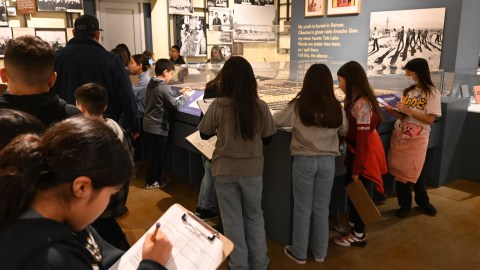
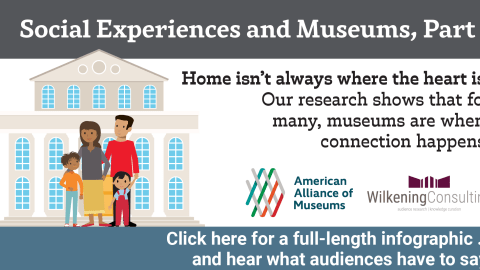


I would love to see a follow-up with information about grants from the other 25 federal agencies that fund museum work, particularly education programs (i.e., not IMLS, NEA or NEH).
I need funding for my museum. Can anyone advise me?